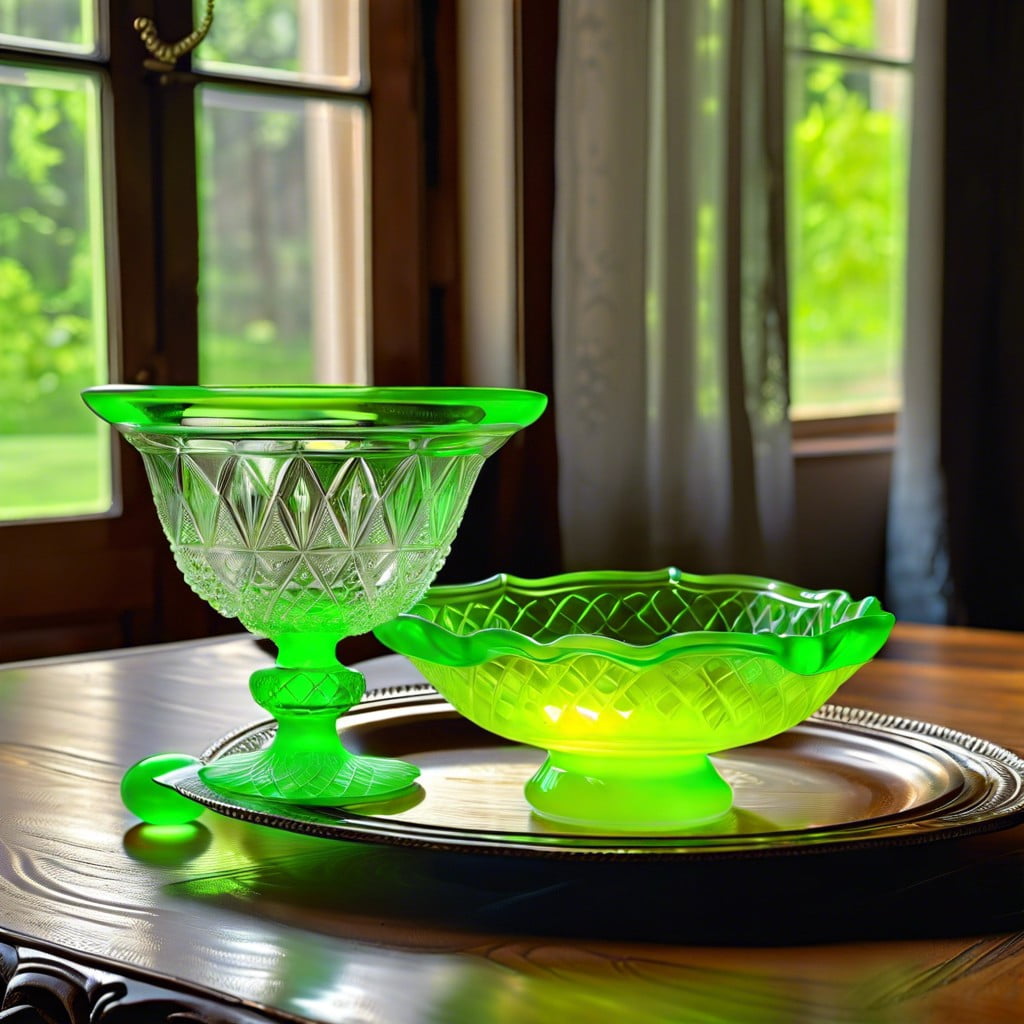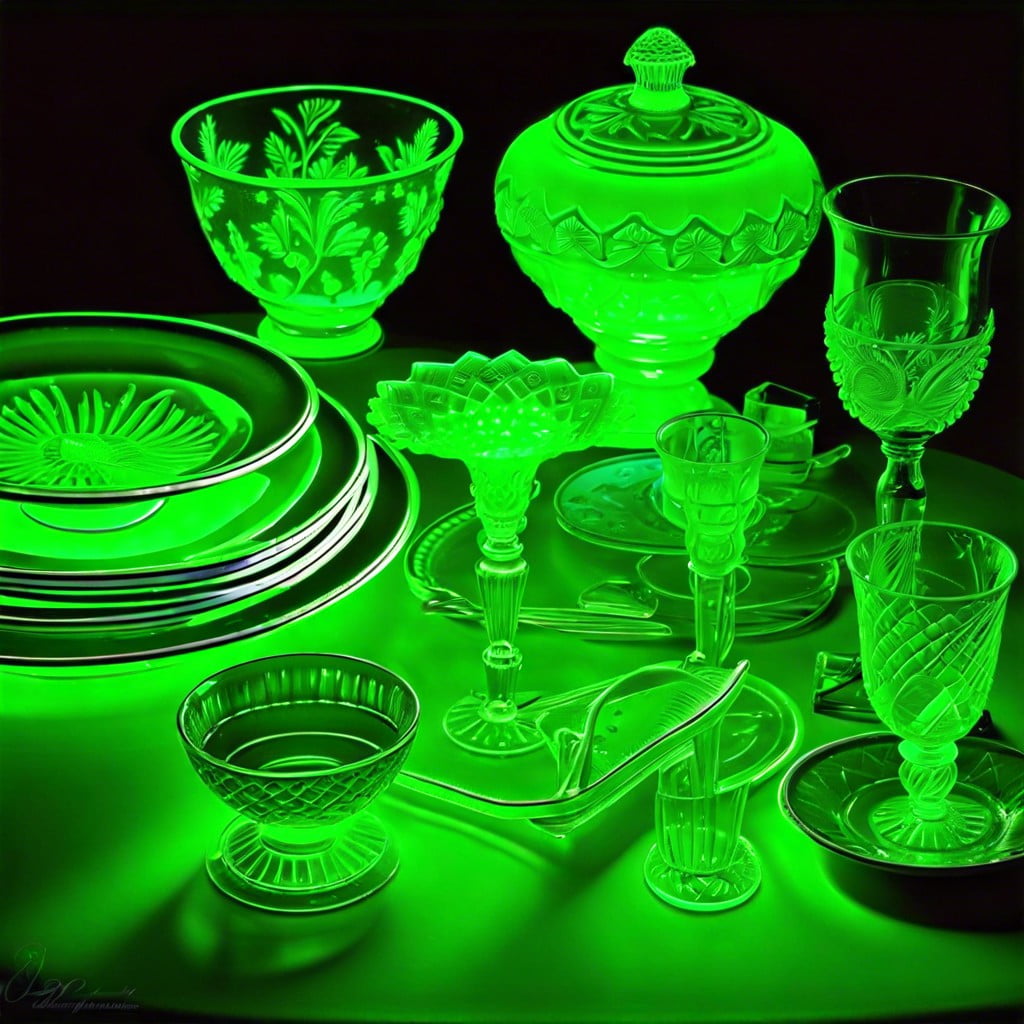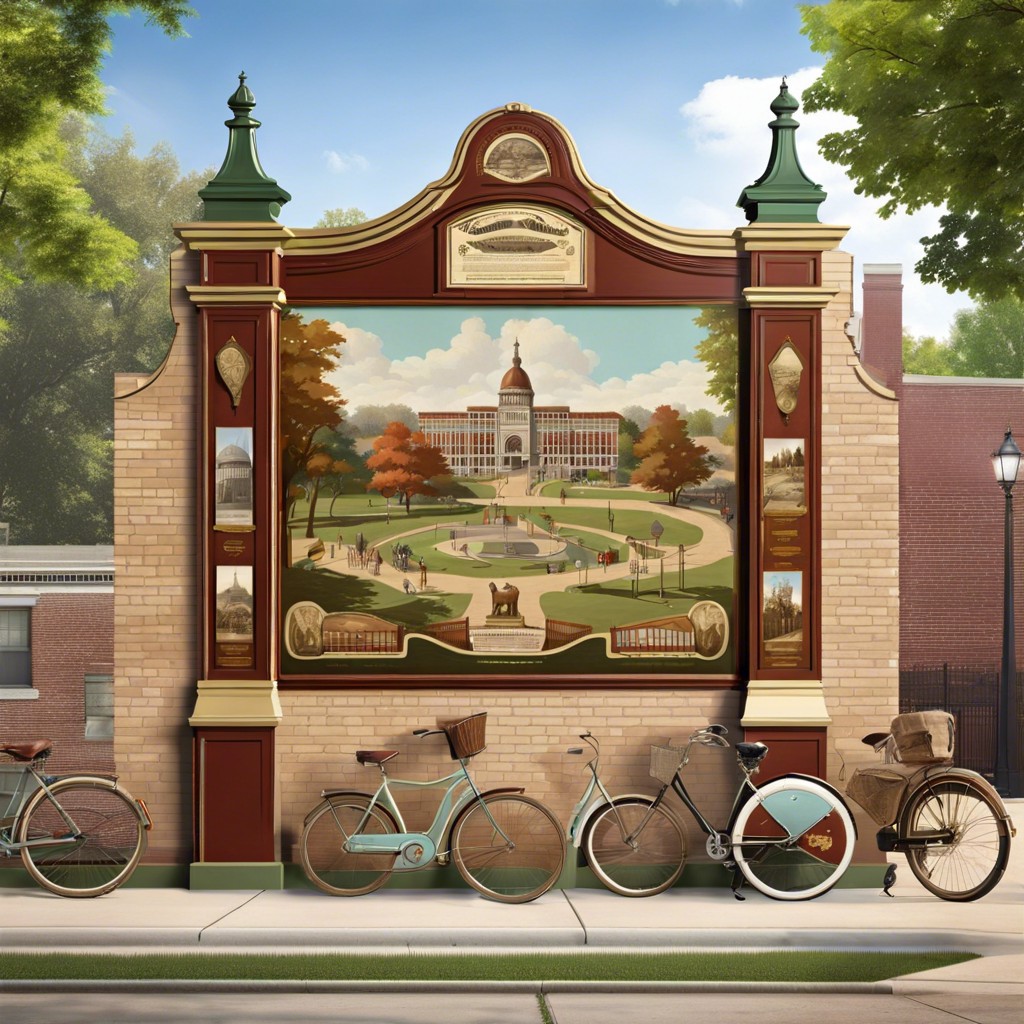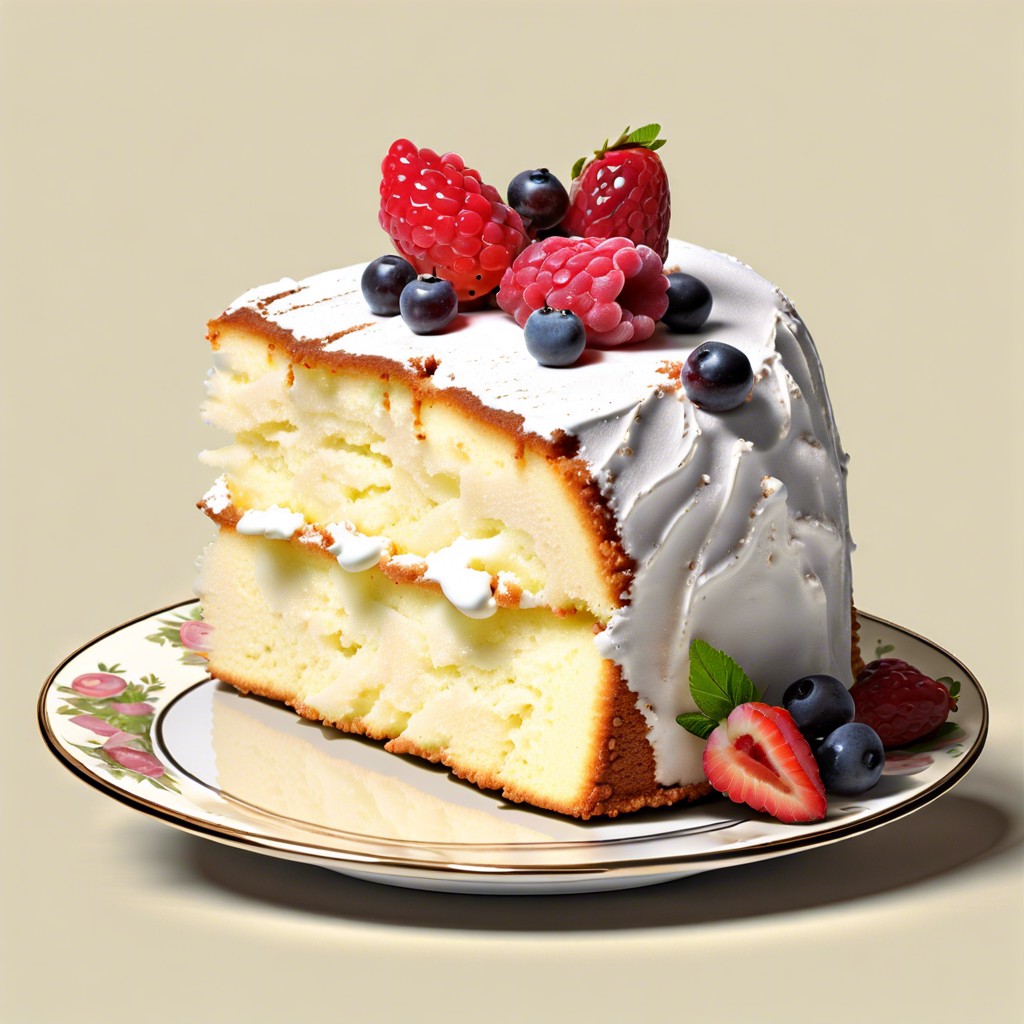Last updated on
Uranium glass dishes dazzle with their distinctive green glow because they feature a surprising ingredient not typically associated with elegant tableware – uranium.
Key takeaways:
- Uranium glass dishes have a distinctive green glow under UV light.
- Uranium glass dishes were popular from the late 19th century to the mid-20th century.
- Uranium glass is safe for use in tableware, but caution should be exercised with older pieces.
- Collectors look for era, rarity, condition, color, and design in uranium glass pieces.
- The value of uranium dishes is influenced by factors such as rarity, condition, age, pattern, and colors.
History of Uranium Dishes

First introduced in the 1830s by German glassmaker Martin Klaproth, who discovered the element uranium, the distinct glow of uranium dishes became widely appreciated. Initially favored for its striking greenish-yellow hue, this type of glass found a place in both decorative and functional tableware.
Radiating a fluorescence under ultraviolet light, uranium dishes were most popular from the late 19th century to the mid-20th century.
Klaproth’s pioneering use of uranium oxide in glass coloring led to varied levels of saturation, creating pieces ranging from transparent to opaque. European manufacturers quickly adopted this technique, and by the early 20th century, the United States followed suit.
The onset of the Great Depression and World War II marked significant decline in production, primarily due to economic strains and the repurposing of uranium for military use. Despite this, manufacturers like Fenton and Cambridge continued creating limited quantities, often using recycled uranium from decommissioned weaponry post-war.
The allure of uranium dishes endures among collectors and history enthusiasts, symbolizing a unique intersection of decorative art and scientific discovery. This fascination with the past ensures that the legacy of uranium-infused glassware continues to shine.
Characteristics of Uranium Glass

Uranium glass, famed for its unique glowing appearance, owes its distinct coloration to small amounts of uranium oxide added to the glass mix. The shades can range from yellow to green, and even though color intensity may vary, the most common hue is a pale greenish-yellow, often referred to as “Vaseline glass” due to its resemblance to the appearance of petroleum jelly.
Under ultraviolet light, uranium glass exhibits a characteristic fluorescence. This striking glow is due to the uranium content, and it provides an easy method of identification for collectors.
The proportion of uranium determines the glass’s color depth. Lesser concentrations result in a subtle tint, while higher concentrations can produce a bold, vivid color.
Despite the inclusion of uranium, the levels are typically low and were considered safe for use in tableware and decorative items. However, production methods have evolved to ensure even lower levels of uranium in contemporary glassware to address safety concerns.
Uranium glass also varies in opacity. Some pieces may be transparent or translucent, whereas others are deliberately crafted to be opaque, which further influences the aesthetic quality and the way it interacts with light.
Durability-wise, uranium glass is comparable to other types of glassware, making it practical for daily use, as well as collectible display. The unique features of uranium glass certainly contribute to its ongoing intrigue and collectability.
The Making Process of Uranium Dishes
During production, small amounts of uranium, either in oxide or salt form, are mixed into glass sand before melting. This incorporation of uranium gives the glass its characteristic fluorescent green or yellow color. The exact hue can vary widely, from opaque to transparent, and is influenced by the conditions under which the glass is made, including the temperature and the presence of other additives.
The glass is melted at high temperatures of approximately 2,400 degrees Fahrenheit (1,316 degrees Celsius). Once the molten glass achieves a uniform consistency and the uranium is fully integrated, the crafting process begins. Glassblowers shape the liquid glass into dishes, using molds and tools to achieve the desired forms.
After the dishes are shaped, they undergo an annealing process, where they are slowly cooled in a kiln. This crucial step prevents the glass from cracking by relieving internal stresses. Once cooled, the uranium glass dishes are polished to a bright luster, showcasing their unique radioactive glow under UV light.
Throughout these steps, artisans and manufacturers must adhere to safety protocols due to the mild radioactivity of the uranium, ensuring the process poses no harm to artisans or eventual users of the dishes.
Health and Safety Considerations
Uranium, an element known for its radioactive properties, is used in trivial amounts to color glass and has raised questions regarding safety. Modern produced uranium glass typically contains uranium at levels that are considered to be safe for handling and usage in a household setting. That said, it’s important to note that ingesting pieces of the glass or using it to store consumable items for extended periods may not be advisable. The risk of radiation exposure is relatively low when the glass is intact, but it’s prudent to avoid using damaged or powdered pieces, as they could present a higher risk.
It’s also worth mentioning that the older the glassware, the more likely it is to have higher concentrations of uranium. Therefore, antique uranium dishes, while collectible, may necessitate more careful handling. Displaying these dishes away from areas where they might be confused for regular tableware is a sensible precaution.
For those concerned about potential radiation, there are simple tests that can be done with a Geiger counter to measure radioactivity levels. If you’re unsure about a piece in your collection, consulting with a professional may provide peace of mind.
While these safety considerations are important, it should also be emphasized that with proper care and use, owning and appreciating uranium dishes can be a safe and enjoyable hobby.
Popularity Trends Over the Years
Uranium dishes, often recognized for their unique green fluorescence under ultraviolet light, experienced varying levels of demand since their introduction in the 19th century. Initially coveted for their distinctive color and glow, they became a household novelty by the early 20th century, with their peak popularity in the 1920s and 1930s when the affordability of pressed glassware made them widely accessible.
Post World War II, production and interest waned due to concerns over the safety of radioactive materials in consumer goods, although no substantial health risks were associated with the levels of uranium in the glass. Despite this decline, the late 20th century saw a resurgence in interest as vintage and antiques enthusiasts sparked a new appreciation for these unique items.
In recent years, uranium dishes have found their niche within a community passionate about both their historical significance and aesthetic appeal. This renewed interest is largely driven by collectors and the glass’s distinctive look, especially under UV light, where it glows a brilliant green. Auctions, antique stores, and online marketplaces now often feature these pieces, though with fluctuating demand influenced by design trends and collector interest.
Collecting Uranium Glass
Collectors often seek uranium glass for its unique fluorescent properties and historical significance. When illuminated under ultraviolet light, the glassware exhibits a characteristic green glow due to the uranium content. Those interested in starting a collection should consider several factors:
1. Era and Rarity: The age of the piece can significantly influence its value. Glassware produced before the mid-20th century often garners a higher price, particularly rare patterns or pieces from specific manufacturers.
2. Condition: Always check for chips, cracks, and clarity. Flawless pieces command higher prices, while damage can greatly diminish value.
3. Color and Design: While traditional uranium glass is green, variations exist including yellow and opaque varieties. Intricate designs and patterns from renowned makers are highly coveted.
4. Uranium Content: Earlier pieces, generally made before World War II, have higher uranium content and thus a more vivid glow under UV light. The intensity of fluorescence is a point of interest for many collectors.
5. Authenticity: Given its collectible status, it is crucial to authenticate pieces before purchase, avoiding replicas or fakes that may circulate in the market.
Research, patience, and a discerning eye are key to successfully collecting uranium glass. It can be as much an investment financially as it is a hobby, providing both aesthetic enjoyment and a tangible connection to the past.
Valuation of Uranium Dishes
The factors contributing to the value of uranium dishes include rarity, condition, age, pattern, and colors. Pieces from the late 19th and early 20th centuries often hold higher value due to their historical significance. Dishes in pristine condition without chips, cracks, or repairs are more sought after and command higher prices.
Collectors also pay a premium for unusual patterns and vivid colors that fluoresce strongly under ultraviolet light. High-quality pieces with intricate designs and those from reputable manufacturers are particularly prized. Conversely, common designs and mass-produced items may be more affordable for new collectors.
It’s important for enthusiasts to research the market and consult guides or experts to ascertain the authenticity and worth of a piece. Additionally, attending auctions and visiting antique shops can provide insight into the current demand and pricing for uranium dishes.
Regulations and Legalities
Concerns over radiation have led to strict controls on the use of uranium in consumer products. In the United States, the Nuclear Regulatory Commission (NRC) oversees the distribution of uranium, and regulations have been put in place to limit its amount in glassware.
Since the 1960s, levels of uranium are capped, ensuring pieces sold are safe for use and possession. Despite its radioactive nature, the low level of uranium in these dishes generally falls below the threshold of federal concern, making them legal to buy, sell, and own.
It’s important for collectors and traders to remain informed about state and international laws, as these could vary and impact the handling of antique and vintage pieces. Additionally, artists and manufacturers looking to create new uranium glass items must obtain special licenses to legally purchase and use the uranium oxide.
Care and Maintenance
To ensure the longevity and luster of your uranium glass collection, adhere to a gentle cleaning regimen. Use mild soap and lukewarm water to avoid thermal shock, and dry pieces with a soft, lint-free cloth to minimize scratching. Abrasive cleaners or rough handling can damage the glass’s unique finish.
For tougher stains, a solution of baking soda and water applied with a soft sponge is effective. Always air-dry your uranium pieces after washing, as towel drying might leave residue or cause scratches.
Ultraviolet light can highlight the fluorescent qualities of uranium glass, but prolonged exposure can cause fading. Store these dishes away from direct sunlight when not on display.
When displaying your collection, use padded shelves to prevent chips and cracks. If stacking is necessary, place a layer of acid-free tissue paper between each dish to protect surfaces.
When it comes to handling, always support the base of plates, bowls, or platters to prevent stress fractures. Remember, while uranium glass is robust, it requires a careful touch to maintain its radiance for years to come.
Where to Purchase Uranium Glass
Potential buyers can find uranium glass through a variety of channels, each offering distinct advantages.
Antique stores often carry unique pieces, providing the opportunity to inspect them in person.
Online marketplaces like eBay and Etsy are convenient resources with a broad selection, but it’s important to rely on reputable sellers and check for clear, accurate photographs.
At estate sales and auctions, while competition may be higher, the chances of discovering rare items increase.
Glass collector clubs and trade shows present ideal venues to connect with knowledgeable vendors and fellow enthusiasts.
For those seeking specific patterns or pieces, specialized dealers in vintage glassware can be a valuable resource.
When purchasing, always inquire about the condition and history of the piece to ensure its authenticity and value.




